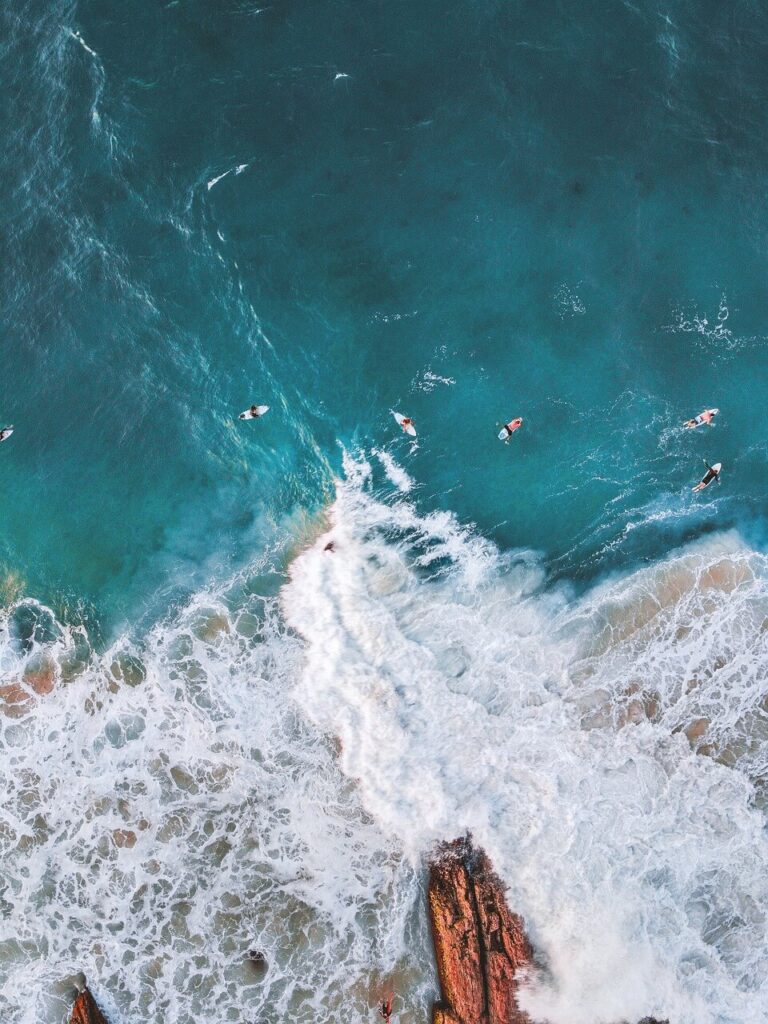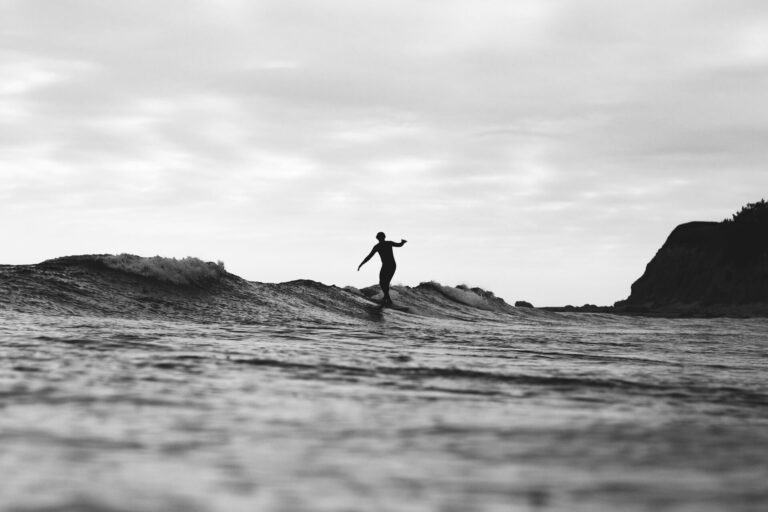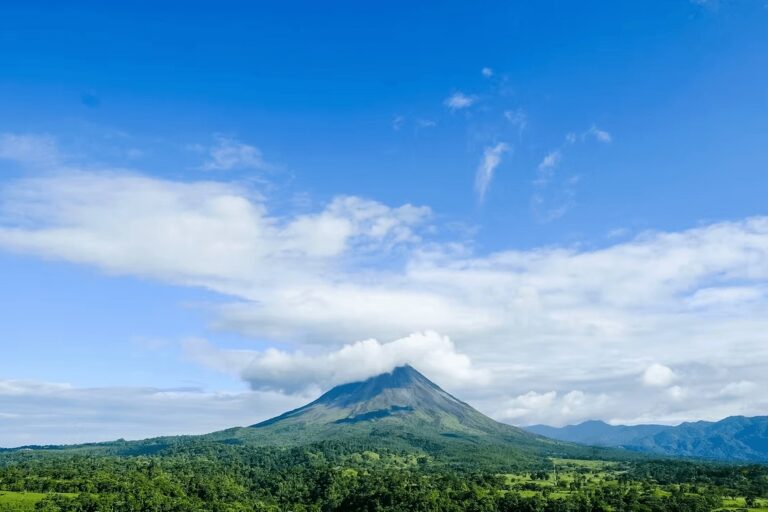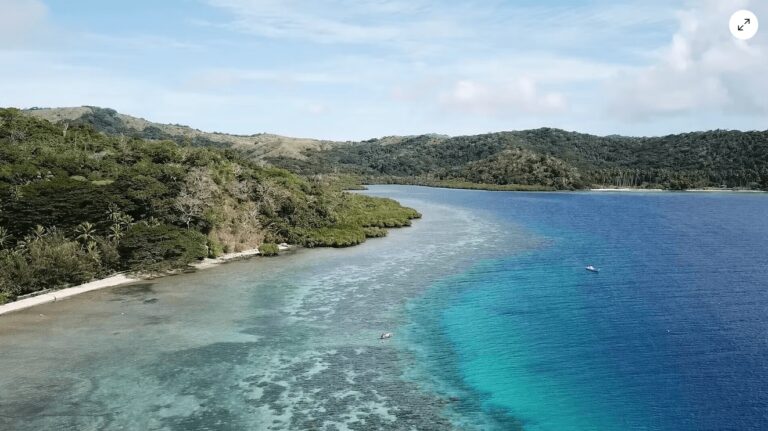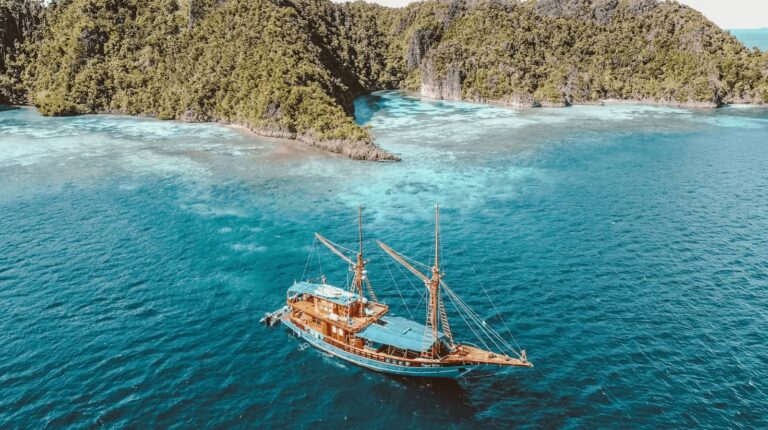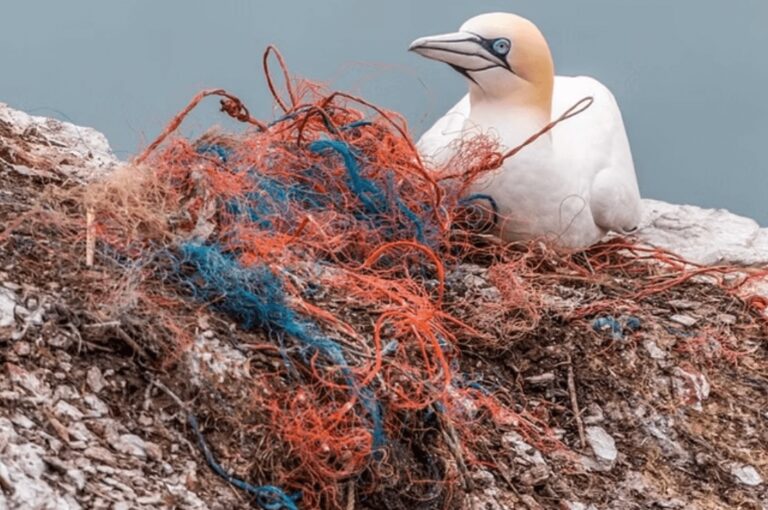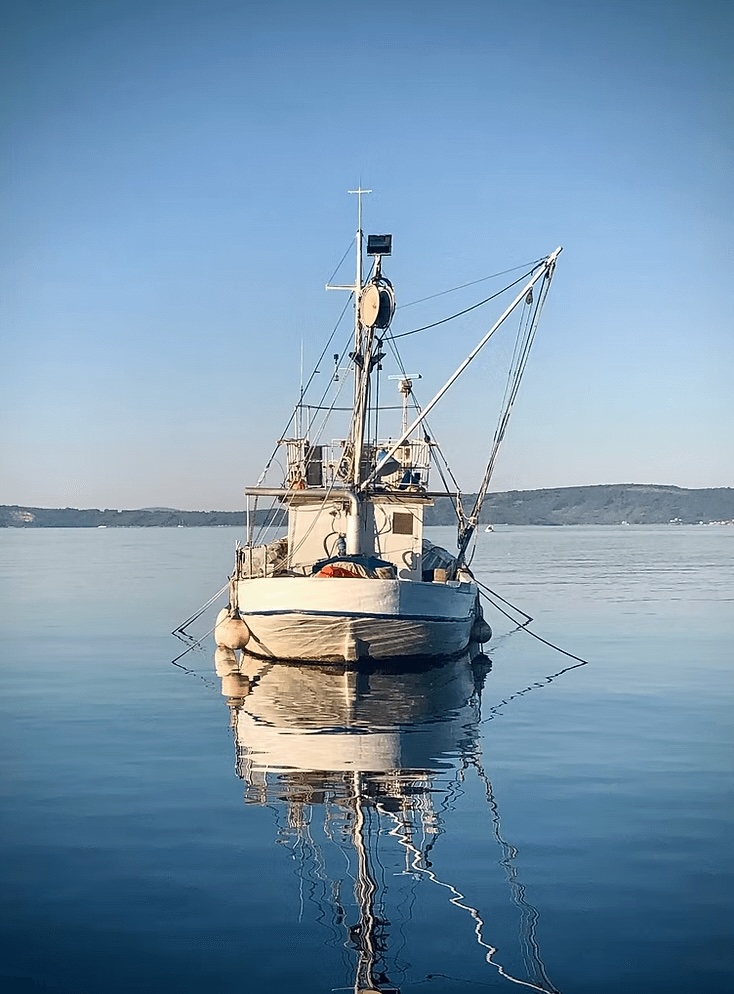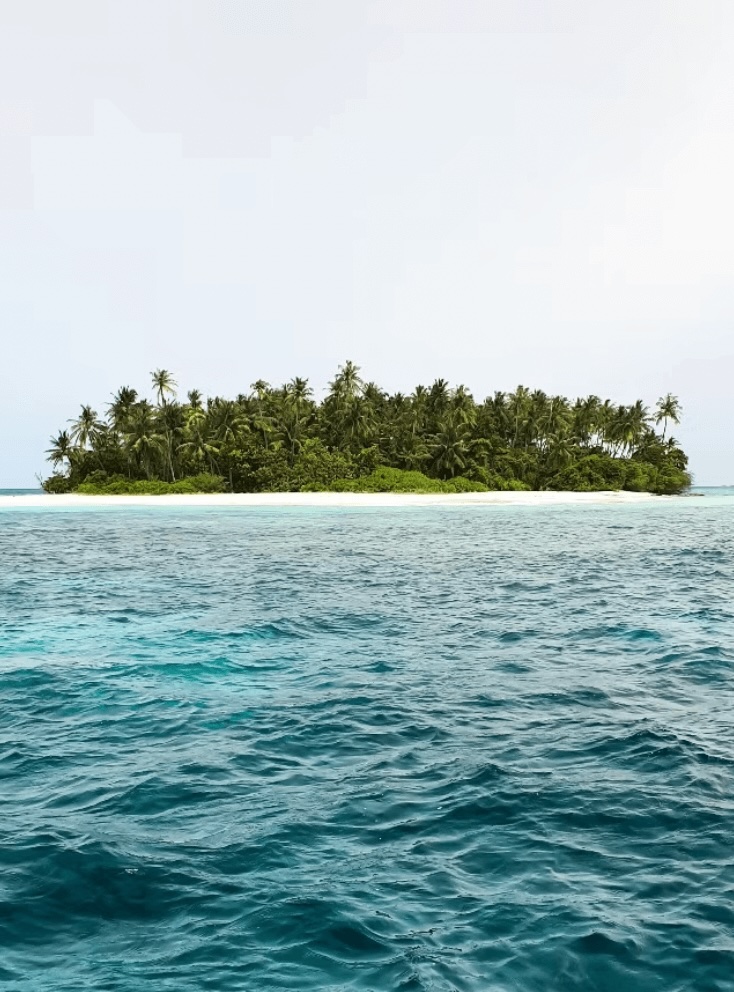Drawing on Indigenous knowledge to protect the Great Barrier Reef
Want to experience the Great Barrier Reef from a different perspective? Discover everything you need to know about the Reef Trust Partnership and how it is harnessing Indigenous knowledge to protect the Great Barrier Reef.
Stretching over 2,250 kilometres along the northeast coast of Australia, the Great Barrier Reef is a complex ecosystem that’s home to an astounding array of marine life.
As the largest living structure on Earth (even visible from space), it is rightly considered one of the Seven Natural Wonders of the World. It’s also one of the best places to dive in Australia.
However, this precious ecosystem now faces an array of escalating threats that put its very survival at risk. In response, there are several innovative solutions being designed to address the problem.
Additionally, the Australian government has invested $443.3 million into the Reef Trust Partnership. It’s bringing together a diverse array of stakeholders to come up with innovative solutions. These include Indigenous Traditional Owners, reef management authorities and leading scientific researchers, as well as local communities.
By combining Traditional Knowledge with Western science, they’re developing innovative solutions to help protect our coral reefs for future generations.
In this article, discover how the Reef Trust Partnership is drawing on Indigenous knowledge to protect the Great Barrier Reef and how you can experience this natural wonder firsthand.
Want to experience the Great Barrier Reef? We’ve highlighted some of the top tours and experiences here.
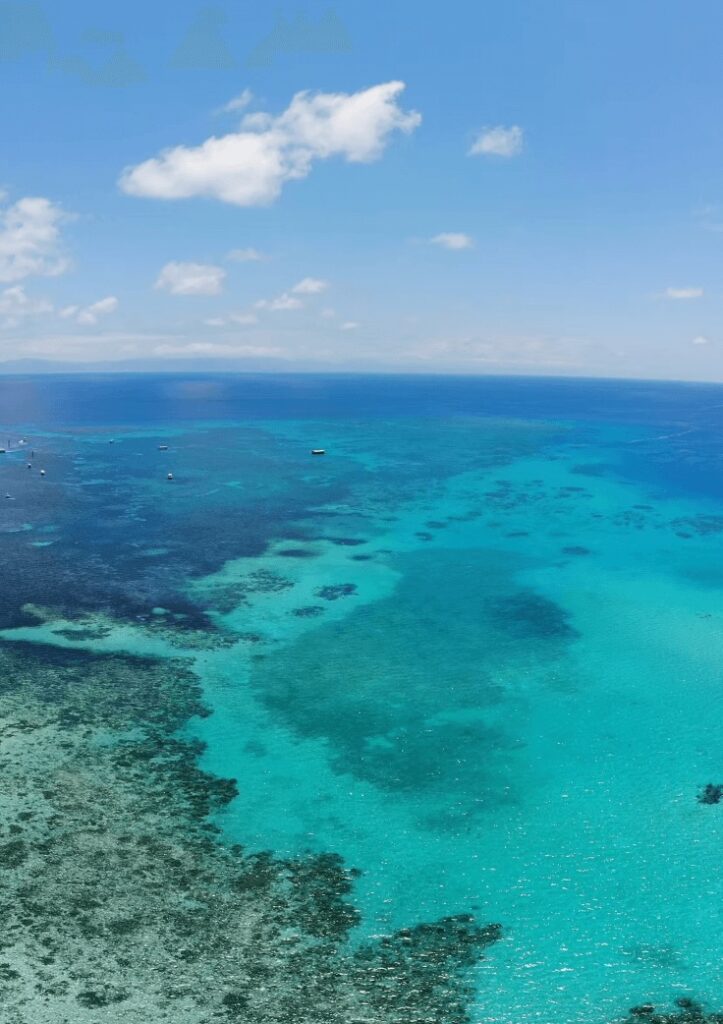
This article contains affiliate links, which means when you make a purchase through that link, we earn a small commission. Affiliate links come at no cost to you and ensure our content remains free!
Threats to the Great Barrier Reef
Chief among the threats to the Great Barrier Reef is the looming danger of climate change. It is driving more frequent and severe coral bleaching events as ocean temperatures rise. This, in turn, forces marine species to flee to cooler waters.
Ocean acidification, a direct result of human-caused carbon emissions, is also adding to the problem. It’s making it increasingly difficult for coral polyps to build their limestone skeletons and form new reef structures.
The Great Barrier Reef must also contend with periodic outbreaks of the voracious crown-of-thorns starfish. It can strip a healthy reef of up to 90% of its corals when their numbers explode unchecked.
Additionally, the increased frequency and intensity of storms, floods and other extreme weather events fuelled by climate change are directly battering and eroding the remaining healthy sections of the reef.
Beyond the threats of climate change and crown-of-thorns starfish, the Great Barrier Reef also faces the constant pressure of poor water quality. Agricultural runoff laden with sediment, nutrients and pesticides flows from rivers and streams.
When dumped onto the reef, this runoff smothers delicate corals and seagrasses. It also triggers harmful algal blooms and disrupts the breeding and reproductive cycles of marine life.
Safeguarding the future of the Great Barrier Reef requires a global effort to address the root causes of climate change. It also requires the implementation of targeted local measures to improve water quality and manage destructive species.
That’s where the Reef Trust Partnership comes in. It draws on the ancestral knowledge of Traditional Owners, who have been caring for these lands and seas for more than 60,000 years.
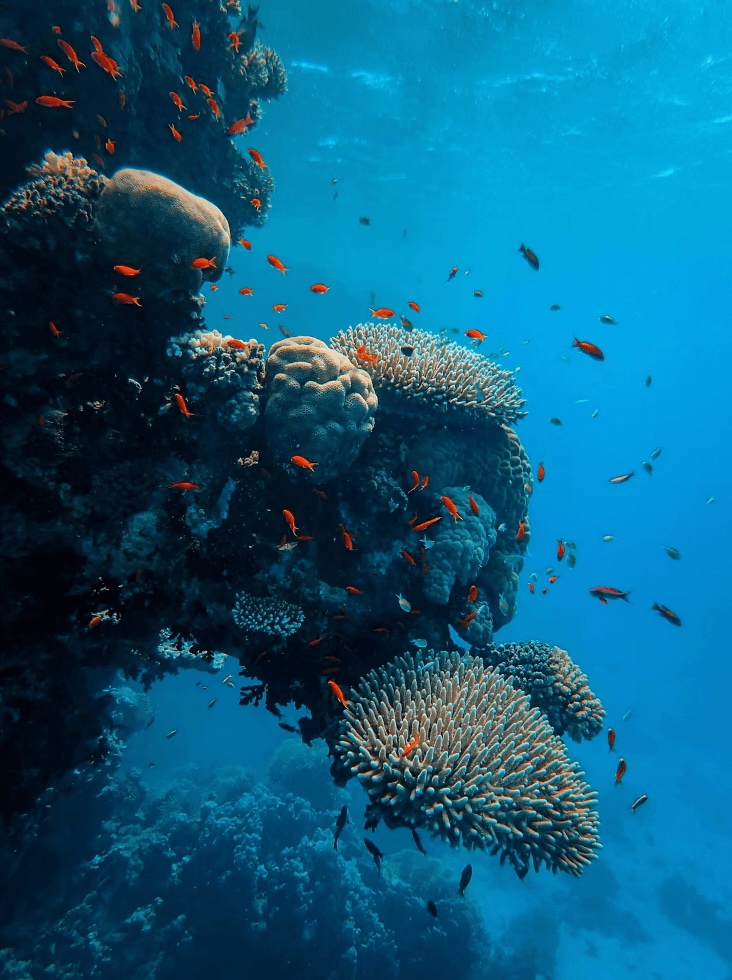
What is the Reef Trust Partnership?
The Reef Trust Partnership was launched in 2018. It represents the largest single commitment ever made by the Australian government towards safeguarding the health of the Great Barrier Reef.
Its mission is to collaboratively develop and implement a comprehensive program of conservation and restoration initiatives. To achieve this, the partnership is bringing together a diverse array of stakeholders.
Through strategic, evidence-based interventions, the partnership will focus on a range of issues. These include improving water quality, protecting critical habitats and building the overall resilience of this natural wonder.
It recognises that the Great Barrier Reef is not only an irreplaceable ecological treasure but also vital to the livelihoods and cultural identity of countless Australians.
Through this collaborative approach, the Reef Trust Partnership represents a crucial step to secure the long-term survival of the Great Barrier Reef. It also highlights the importance of Indigenous knowledge in modern ecological interventions.
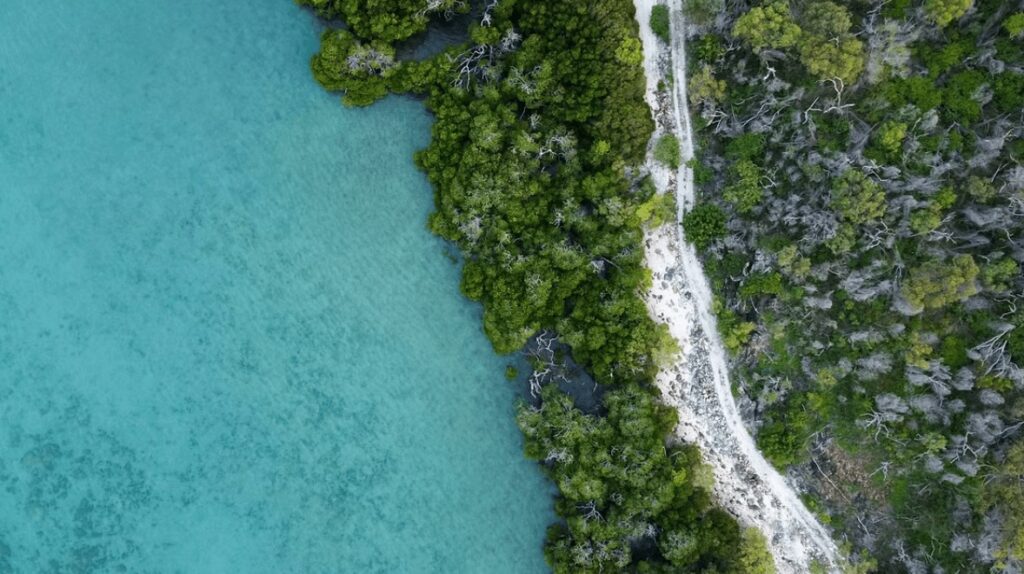
Co-design as the way forward
For millennia, the Aboriginal and Torres Strait Islander peoples have been the custodians of the lands and waterways that make up modern-day Australia.
As the First Peoples of this ancient continent, they have inhabited and cared for this diverse environment for over 60,000 years. Over that time, they have developed a profound understanding of the natural world that surrounds them.
Through their role as the original scientists, farmers, engineers and conservationists, these Indigenous communities have successfully weathered the changes in seasons, climates and ecosystems that have unfolded over countless generations.
Guided by Traditional ecological knowledge and customs passed down through their elders, they have adapted their ways of living in harmony with the land, learning to thrive even in the most challenging conditions.
Now, with mounting threats facing one of Australia’s most precious natural wonders, the Great Barrier Reef, Traditional Owners are spearheading the largest-ever co-designed effort to protect and preserve this iconic ecosystem.
By weaving their ancestral understanding of the reef’s inner workings with the insights of Western scientific research, they are creating innovative solutions to the complex challenges jeopardising the future of our coral reefs.
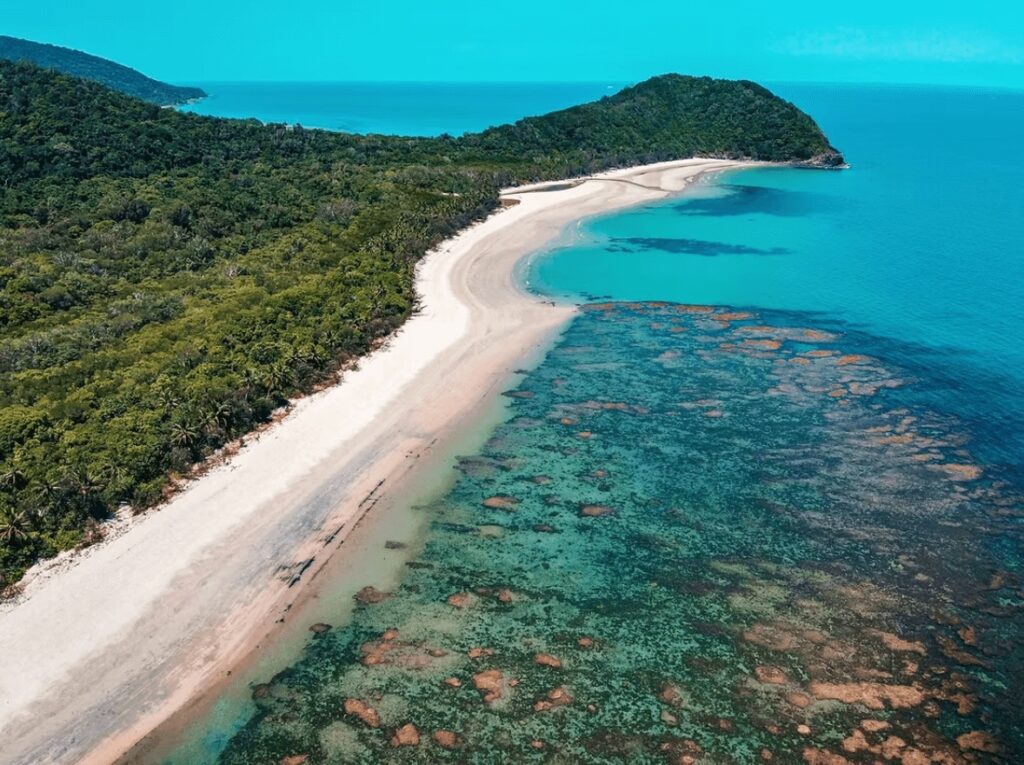
The principles of co-design
The Reef Trust Partnership’s approach to co-design with Traditional Owners is centred around four key principles. These work in tandem to create a collaborative and empowering process.
The first principle is to share power by bringing in Traditional Owners with lived experience and diverse perspectives. They help to design programs that best meet the needs of their communities.
This ensures the solutions are rooted in real-world knowledge and priorities of those who are most impacted.
Secondly, the Foundation prioritises relationships. It demonstrates a supportive, partner-oriented mindset when co-designing with Traditional Owners. Trust and mutual respect are critical foundations for effective co-design.
The third principle is to use participatory means – co-creation, co-development and co-design – with Traditional Owners. Each partnership is unique and there are ongoing opportunities for continuous improvement.
The fourth principle is to build capacity, not just for Traditional Owners but also for their Western-based partners. Some may lack the necessary cultural competencies and ethical research practices to engage effectively.
Ultimately, this will strengthen the partnerships and establish better standards for co-design.
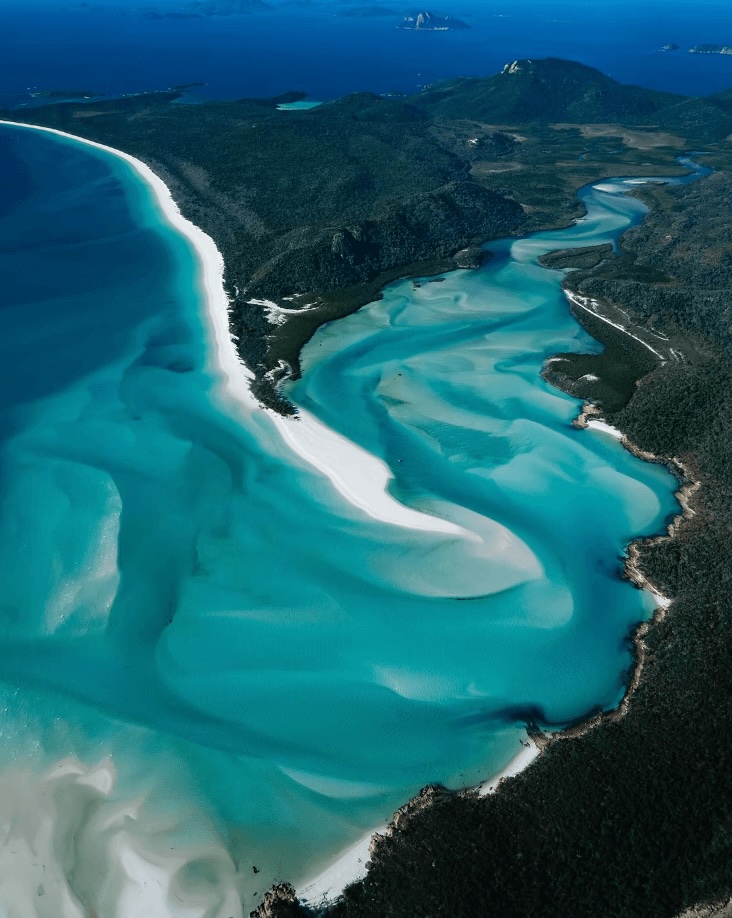
The Reef Trust Partnership in action
Here are three examples of how the Reef Trust Partnership is working in real-world scenarios:
- On Dyirribarra/Bagirbarra Country near Innisfail, Goondoi Rangers have built a sediment pond to reduce agricultural runoff into their wetlands. This is helping to restore water quality and habitat for cassowaries.
- In the Wet Tropics, Gunggandji-Mandingalbay Yidinji Rangers have been conducting seagrass monitoring activities with researchers from James Cook University. In addition, they have been assessing water quality in conjunction with TropWATER and removing marine debris with the team at Tangaroa Blue.
- Traditional Owner communities are actively engaged in the removal of crown-of-thorns starfish across the Great Barrier Reef. Through the COTS Control Program, over one million starfish have been culled to date. Aside from playing an active role in the program’s decision-making process, they are involved in tactical surveillance and reconnaissance work.
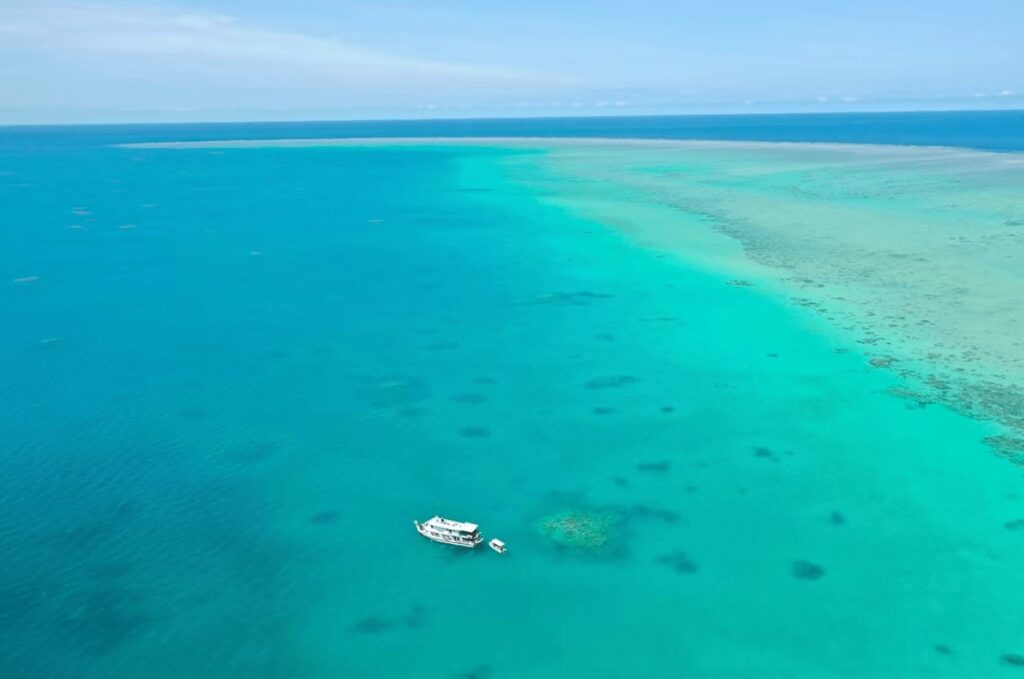
How to experience the Great Barrier Reef firsthand
Due to its sheer size, there are various access points along Queensland’s mainland for reaching the Great Barrier Reef, from Brisbane all the way up to Cape York.
A huge diversity of day trips and multi-day cruises are available from each of these gateway points. Some of these are Indigenous-led for those seeking a greater insight into traditional knowledge.
The Southern Great Barrier Reef, stretching from Bundaberg through Gladstone and along the Capricorn Coast, is home to some of the reef’s most spectacular dive and snorkel sites.
Visitors can witness sea turtles nesting and hatching at Mon Repos, embark on a day trip to Lady Musgrave Island or spend three days cruising the Southern Great Barrier Reef from Brisbane.
Further north lie the Whitsundays, an idyllic collection of islands surrounded by the marine life-rich Great Barrier Reef.
From the gateway town of Airlie Beach, you can embark on sunset sailing cruises and snorkelling trips (including a visit to jaw-dropping Whitehaven Beach) or soar above the reef during a scenic flight. There are also several eco-resorts scattered throughout the archipelago where you can overnight.
In Townsville, you can learn about reef protection and conservation at the renowned Reef HQ. Alternatively, you can venture below the water’s surface to explore the innovative Museum of Underwater Art.
Cruises are available from Townsville to snorkel the Great Barrier Reef while scuba divers can experience the legendary S.S. Yongala wreck.
Located where the World Heritage-listed rainforest meets the Great Barrier Reef, Cairns and Port Douglas are the most popular gateways. There are an abundance of cruises operating from both towns.
Whether you want to take a scenic flight for a bird’s eye view, join a research expedition or sleep on the reef itself, there is something for everyone.
Finally, there is the “Wild North”, which stretches from Port Douglas to the remote Cape York Peninsula. It’s renowned for its intrepid marine adventures, bountiful fishing and immersive Indigenous experiences in one of Queensland’s most unspoiled corners.
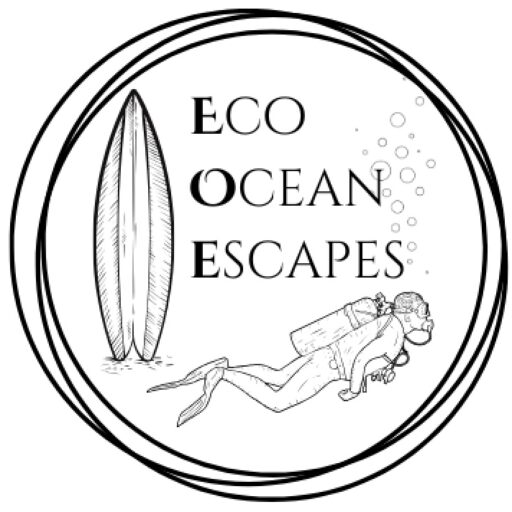
PLAN YOUR TRIP WITH OUR FAVOURITE RESOURCES:
Find hotels and resorts via Booking or Agoda
Book tours and experiences via Viator or GetYourGuide
Find a rental car via Discover Cars
Book flights via Kiwi or Booking
Search for buses and trains via 12Go or Omio
Get travel insurance via SafetyWing
Buy a digital eSIM with Airalo
By purchasing through our links, you’ll be supporting our website at no additional cost to you
About the authors
We are a team of passionate divers and surfers with decades of combined experience in the water and travelling to all corners of the globe. After years of chasing waves and descending into the deep blue, we’ve created this resource to highlight sustainably run surf camps, eco-friendly dive resorts and conservation-focused ocean trips to help inspire your next adventure.
Eco Ocean Escapes was born out of a love of the ocean, an obsession with travel and a concern about the impacts of our adventures on the environments we explore. Despite the benefits that surf and dive tourism can bring to local communities, we recognised that ocean-based adventures are not always managed in a sustainable manner.
Through our articles, we hope to inspire those seeking a responsible surf or dive trip that is all about supporting local communities, preserving our coastal environments and the incredible marine species that inhabit our oceans.
-
Sustainable Surf Tourism and Respecting Local Communities
Surf tourism has exploded over the last two decades. With travel becoming more accessible and social media exposing hidden spots, once-remote breaks in Indonesia, Central America, Morocco and the Pacific Islands are now iconic stops on global surf circuits. While surf travel brings income, jobs and global attention to coastal towns, it can also disrupt…
-
Inspiring Citizen Science Projects for Surfers + How to Get Involved
As surfers, we are intimately connected to the ocean – its rhythms, its wildlife and its health. Because of this relationship, many of us are looking for meaningful ways to protect the marine environments we love. One of the simplest and most impactful ways we can do this is by joining citizen science projects. These…
-
Understanding Marine Protected Areas (MPAs): Why divers should care
If you’ve spent time underwater (as a diver or snorkeller), you’ve probably noticed something: not all sites are beacons of health. Some reefs appear vibrant and full of life, while others show signs of stress – broken coral, few fish or algae-covered rocks. One of the biggest factors shaping the health of our oceans is…
-
Costa Rica: Best Marine Parks for Scuba Divers + Eco Dive Resorts
Costa Rica is a paradise for eco-conscious travellers and underwater explorers are no exception. With its healthy coral reefs, pelagic-rich waters and some of the most progressive environmental policies in the world, the country is a dream destination for those who want to dive responsibly. We’ve been lucky enough to visit Costa Rica several times…
-
Eco-Diving: Best Destinations for Sustainable Scuba Travel
As humans inspired by the underwater world, there is plenty of incentive to protect our coral reefs. Here at EcoOceanEscapes, we want to do our bit to save endangered marine species and keep our oceans free of trash. One impactful action we can all take is to choose sustainable diving destinations. These are nations (or…
-
Eco-Friendly Diving: How to Be a Sustainable Scuba Advocate
Understand the environmental impacts of diving and sustainable scuba practices in this comprehensive guide to eco-friendly diving. Any diver will tell you that being underwater is an incredible experience. It’s a world that not everyone has the opportunity to explore and the encounters we have with marine creatures can be life-changing. Watching manta rays soar…

We are a team of passionate divers and surfers with decades of combined experience in the water and travelling to all corners of the globe.
After years of chasing waves and descending into the deep blue, we’ve created this resource to highlight sustainable surf camps, eco-dive resorts and conservation-focused ocean trips to help inspire your next adventure.
Eco Ocean Escapes was born out of a love of the ocean, an obsession with travel and a concern about the impacts of our adventures on the environments we explore.

